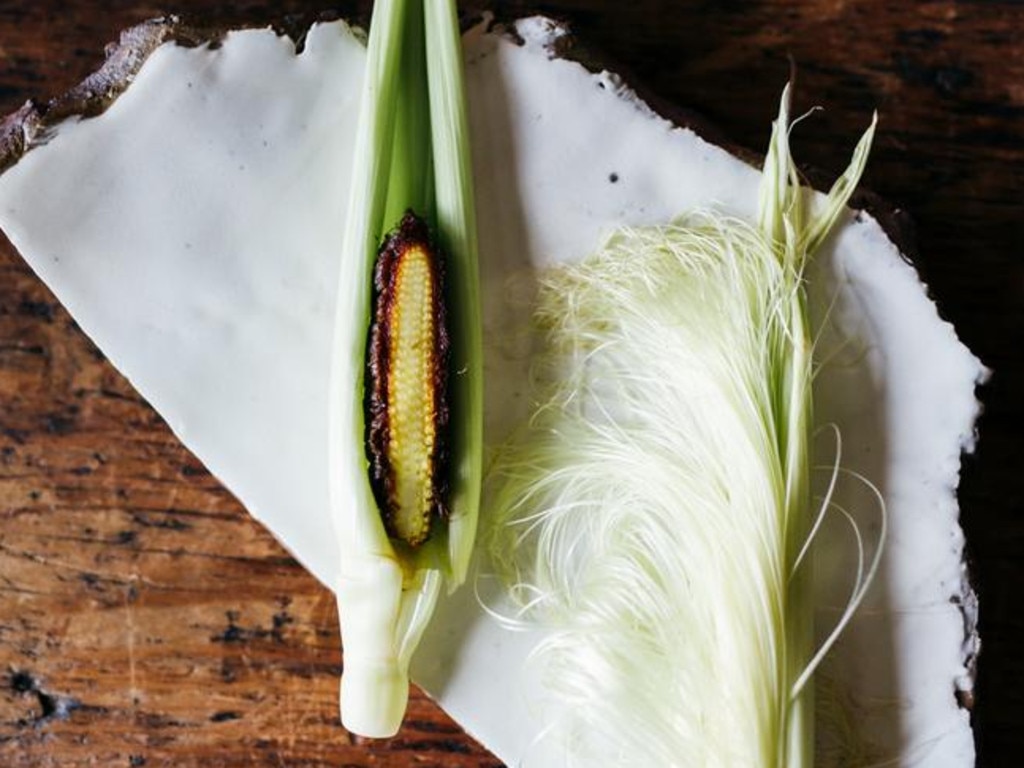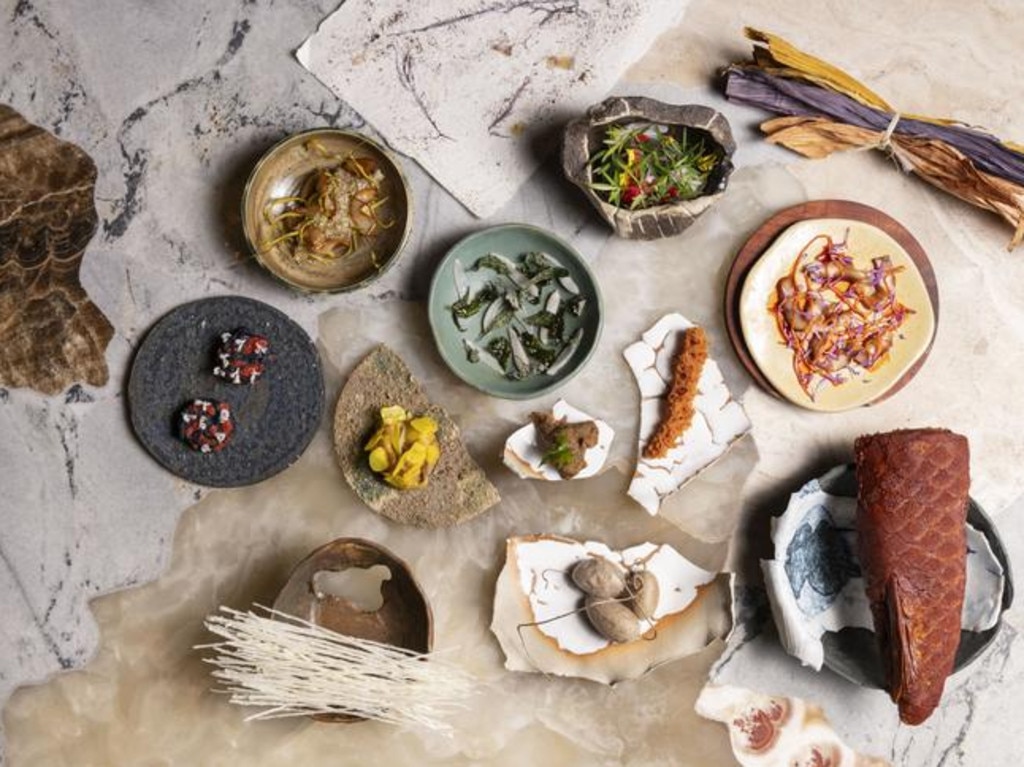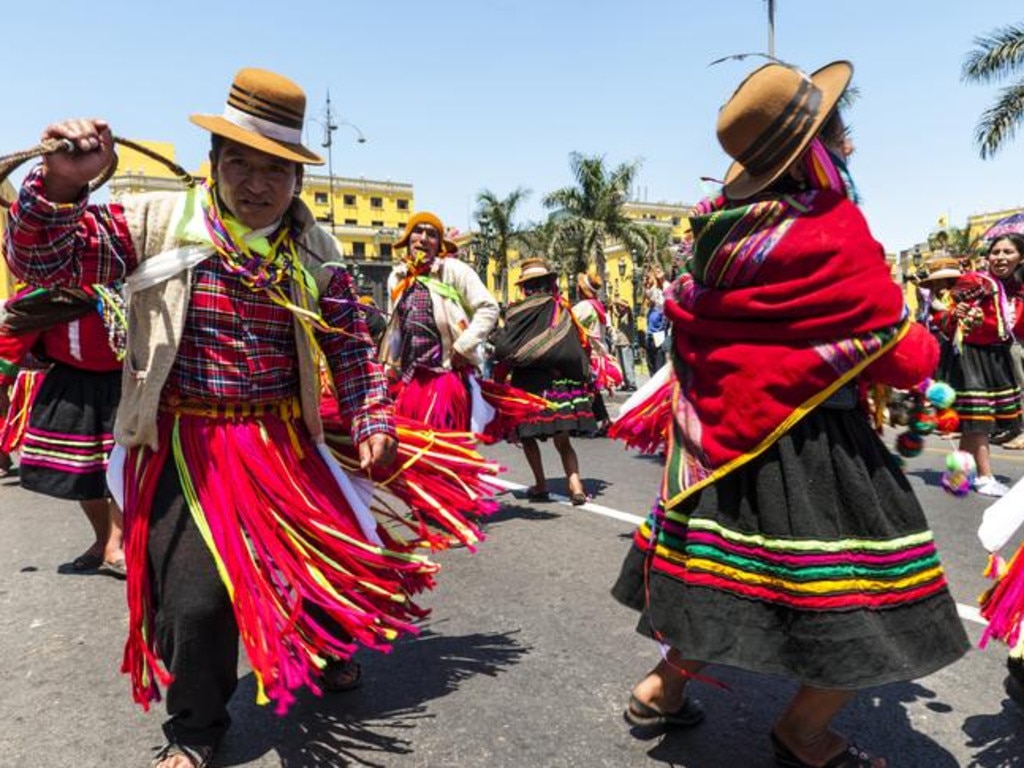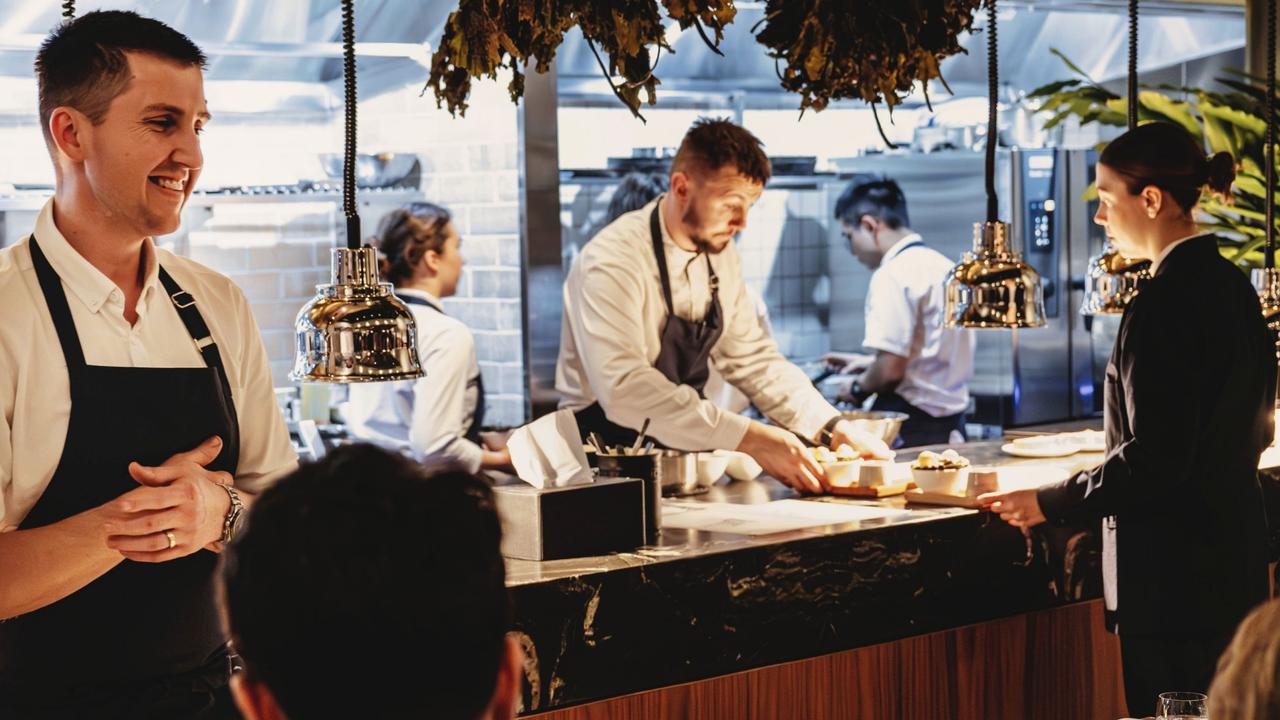Matt Preston: I’ve eaten everywhere, but this is my No. 1
He’s one of Australia’s most well-travelled foodies, but Matt Preston’s favourite dining destination isn’t where you might expect — and it’s surprisingly affordable.
Check my phone or my Instagram feed and you’ll find thousands of photos, not of my children, but of all the wonderful things I have eaten around the world.
Catch me in a quiet moment and you’ll even find me sitting in a corner, reminiscing about the bull-blood red roasted quinces of Galata and the clotted cream (kaymak) they serve them with in Istanbul, the ramens in Tokyo, or that special margherita pizza at Mattozzi in Naples, that was the perfect combination of puffed, slightly chewy dough, sweet milky buffalo mozzarella and the most vibrant tomato sauce singing with acidity and natural sweetness.
This leads to the eternal question: Where are the best places to eat in the world? Of course the answer is personal, shaped by your mood, experience, who is asking the question and, above all, who you were with – eating fried chicken in Seoul’s backstreets washed down with longnecks of beer and shots of soju shared with the next table of brand new friends, smashing satay sticks on a street corner of Kalang, south of Kuala Lumpur, with my hardworking food team, or settling in for an epic night with mates at a fine diner such as Disfrutar in Barcelona or Copenhagen’s Noma.

Strangely, though, the swanky places are swamped by the cheaper memories. Popping crispy cups of pani puri on Juhu Beach in Mumbai on a sweltering night when it seemed the whole city had headed for the water to cool down.
They explode with a sweet, tangy and spicy filling when you bite into that mix of tart tamarind chutney, spicy coriander water, cool, diced potato and chickpeas.
Take local advice on which stall to visit as you want them made from clean ingredients in clean surroundings or you might find out why their onomatopoeic nickname, “gol gupta”, is so appropriate.
The beach is a constant in so many culinary memories for me: eating white snapper cooked over a fire of coconut husks in Lombok; picking out tongues of the freshest roe from sea urchins (legally) harvested in Indonesia or Australia; or the sting of hot chips on sunburnt lips, looking out on our foam-topped rollers.
But when asked for advice or inspiration on a culinary-inspired holiday with memorable food, I always revert to the places that have thrilled me most recently.
Here they are:
1. FUSETA, ALGARVE, PORTUGAL
In August, I took my first trip to Portugal with my best man and the women we love. We spent seven days in the Algarve on the Southern Atlantic Coast. The Algarve experience ranges from high rises, golf courses and squawking English tourists of Albufeira to my preference, little fishing towns to the east of Faro where the Portuguese holiday in summer.
The boats still go out from slightly daggy towns like Olhao, Fuseta and Tavira, fishing the cold local waters and down to the coast of Africa. This means the sardines and dorado at Olhao’s little fish market shine and glisten with freshness. It’s not just local restaurants that benefit but also the streetside grills around the quays. Grilling fish over coals is a passion here and these casual pop-ups with their plastic tables, chairs and paper napkins do solely that – and they do it impeccably whether it’s local turbot, tuna or calamari.
The whole fish arrives at the table dressed with little more than some crushed garlic and oil, and is served with boiled potatoes and the simplest of tomato salads with dried oregano. Best was the linguardo, the local sole, with a flesh so delicate, pale and just cooked that it slipped off the bone.
The next best bit was the bill at Café dos Mestres (Rua 1 de Maio, 29, Fuseta); under $100 for a whole fat turbot, half a dozen sardines and that sole, along with drinks, dessert and the backdrop of fishing boats bobbing at anchor in the channel behind us.

2. NEW YORK, USA
New York is such an evocative city, from those neck-cricking skyscrapers and steam billowing from the drains on cold nights to the constant airhorns and sirens. It’s frenetic but every trip – more than a dozen of them – I discover something new. On my last trip, in June, it was eating wonderful roast chook at Nomad and at cool neighbourhood bistro Frenchette, and finally getting to pastry chef Dominique Ansel’s Soho bakery to sample his famous cronuts. His fanciful idea of turning croissant dough offcuts into well-filled doughnuts in flavours like salted dulce de leche caramel and morello cherry jam with roasted almond cream is decadent but inspired.
I also made a pilgrimage from Manhattan to Blue Hill At Stone Barns in upstate New York, which has been on my bucket list for a decade. On this huge working farm and research centre, chef Dan Barber is working to improve dinner by making the ingredients better. This is most marked in vegetables and legumes where the crossbreeding work may be long and slow but has already resulted in beetroots that taste sweet without tasting earthy, super-plump barley grains, and beans that smell naturally meaty.

3. LIMA, PERU
Lima has been one of the hottest culinary destinations for a while, driven by three chefs working with exceptional cold water seafood and unique local ingredients. In fact, for the past three years it has been the only city in the world with two restaurants in the top 10 of the World’s 50 Best list.
Maido, which has been at No. 8, No. 7 and No. 10, is a relaxed and super tasty experience that combines unusual indigenous ingredients with Japanese techniques. Chef Micha Tsumura takes the 100-year-old Peruvian-Japanese fusion cuisine Nikkei and twists it into a plate-licking succession of dishes, whether you’re eating sea urchin rice with baby corn and an avocado cream – a sort of collision of a chawanmushi custard with the local Peruvian prawn chowder (chupe de camarones), or a classic creamy ceviche called a tiradito made with tuna, ponzu and local zarandaja beans.

Swankier and more formal, Central has had an even more illustrious run in the World’s 50 Best sitting at 4th, 5th or 6th for the past five years. The pretty food here is far more challenging than Maido with chef Virgilio Martinez using so many ingredients which are unfamiliar, often sourced through the research project into ancient Peruvian indigenous plants and other foodstuffs he runs with his sister, Malena. My old MasterChef friends George (Calombaris) and Gary (Mehigan) and I lacked the words to describe what we were eating. It was unlike anything I’d tasted before. The flesh off piranha heads, tree tomatoes, alpaca or the sort of potato-like olluco tubers for the first time, or trying a dessert made from macambo beans which taste like a cross between cashews and cacao or lucuma (a fruit that tastes somewhere between caramel and pumpkin).
If that all sounds a bit wanky and not delicious enough, head to La Mar. This restaurant specialises in truly delicious cerbiches and tiraditos using only seafood caught the night before – we had a scallop tiradito here that was among the best things I ate last year. Like many cebicheria in Lima, it shuts after lunch because the theory is that the fish is “no longer fresh enough”! It’s the brainchild of Peru’s (and Latin America’s godfather of modern cuisine), the much-revered Gaston Acuria.
4. MEXICO CITY
Food in modern Mexico is either fiercely traditional or wonderfully modern. Mexico City has two restaurants in the upper reaches of the World’s 50 Best list and if forced to choose, I’d pick Quintonil (No. 24) over Puyol (No. 12) as it’s a slightly cosier yet more adventurous experience and because chef Jorge Vallejo is not just a culinary genius but also a top bloke. Everything here is super tasty, even a salad made from the larvae of flying ants (escamoles).
At the fiercely traditional and semi-legendary hole-in-the-wall taqueira, Los Cocuyos, it pays to translate the menu board before ordering to ensure it’s longaniza sauce or skirt that’s pulled from their bubbling pot to fill your taco rather than eyeball or tripe. It’s also in Mexico City that you’ll discover why Mezcal is the saint on the pedestal compared to more humble everyday tequila.
5. SAN SEBASTIAN, SPAIN
It’s hard to keep San Sebastian/Donostia (two names for the same place) off the list given its Michelin-starred restaurants Arzak and Mugaritz – regular places of pilgrimage for me – and an excellent pixtos culture.
Then there’s the cider, the amazingly juicy peaches and the local Cantabrian anchovies. Plus there is the prospect of adventures to nearby fishing village Getaria to eat fried hake throats and grilled turbot, or togging up for the swanky Elkano, or heading an hour afield to Asador Extebarri, which is No. 3 in the world.
This article originally appeared on Escape and was reproduced with permission





